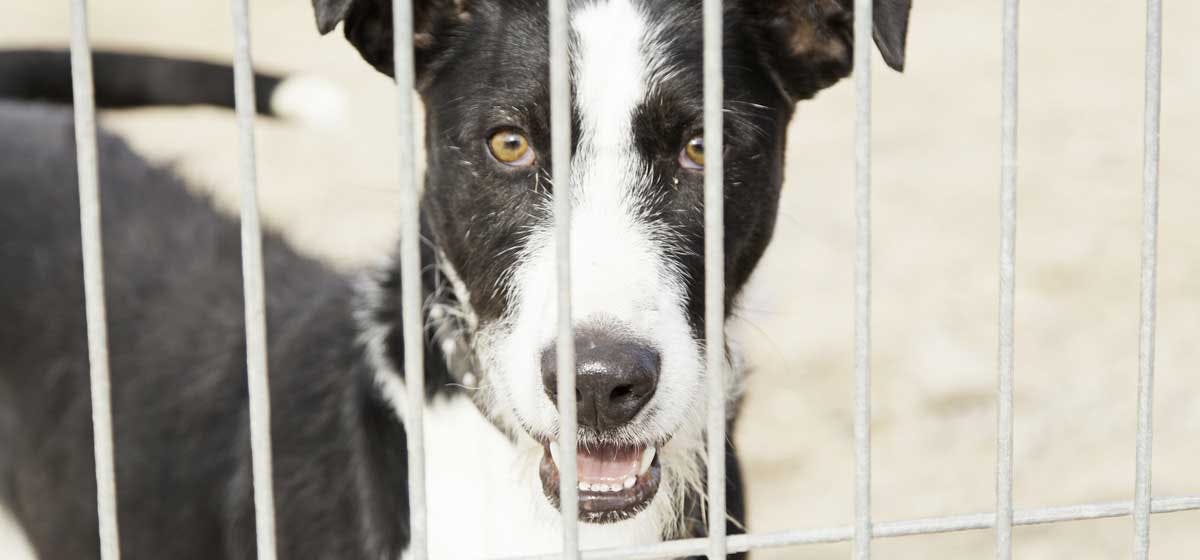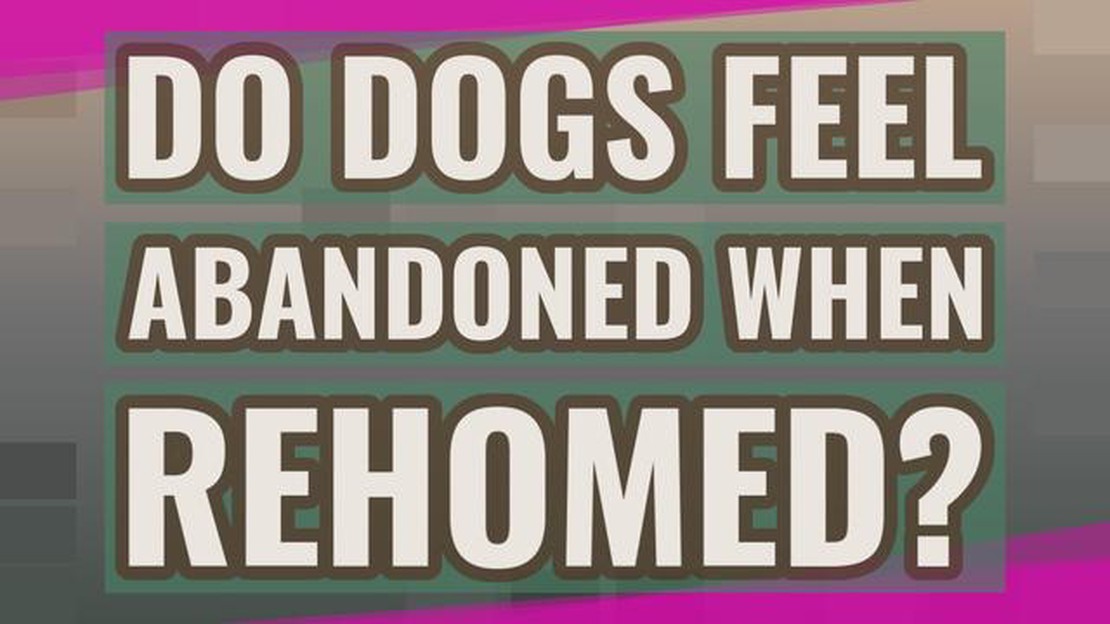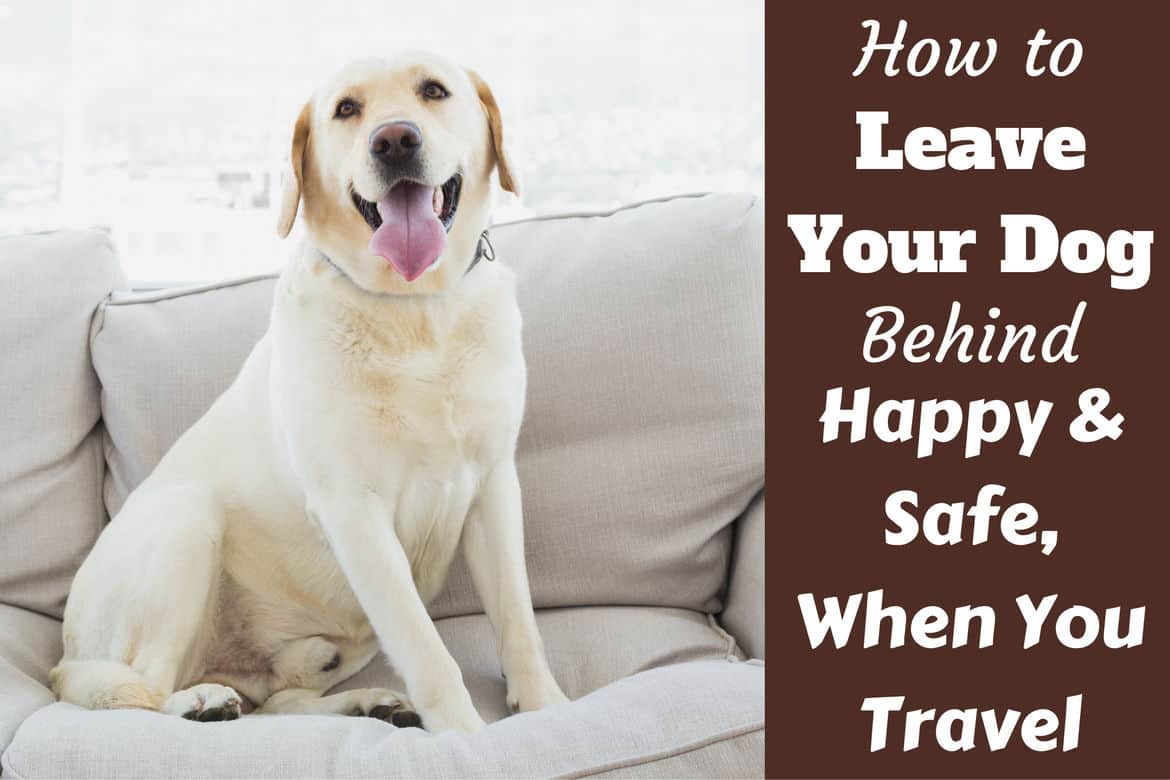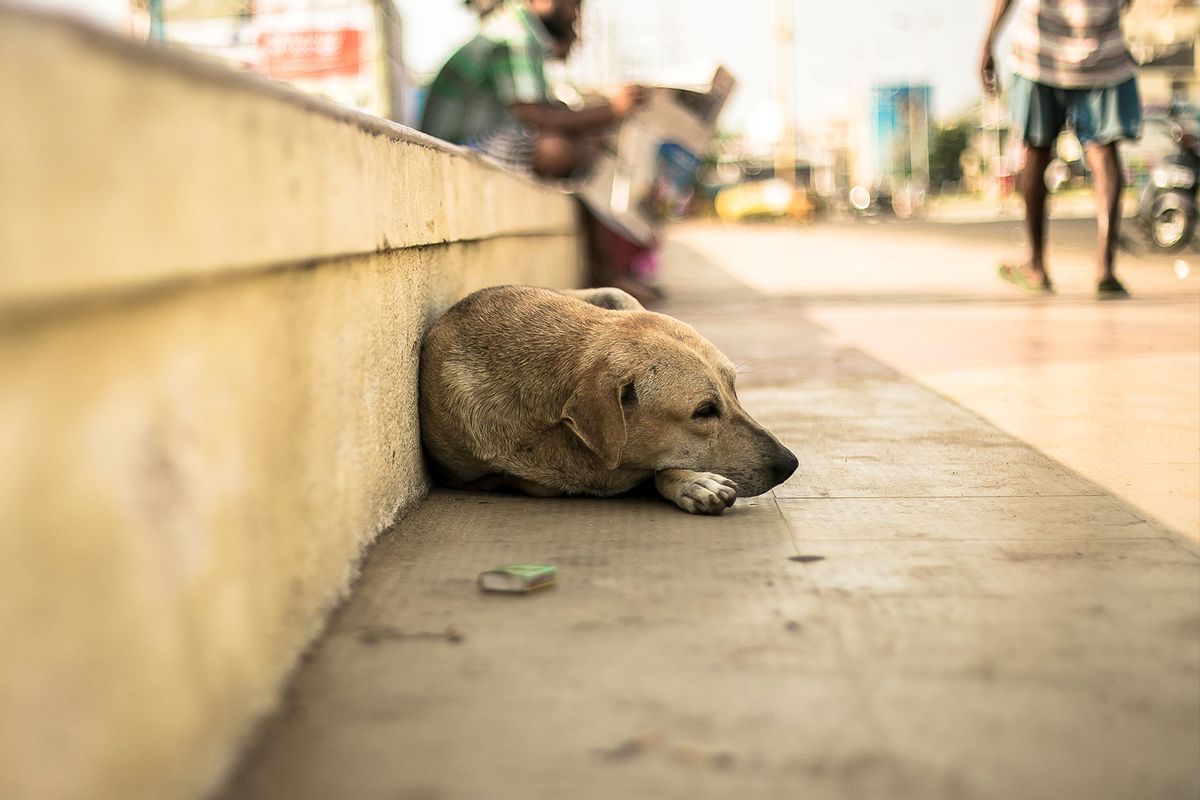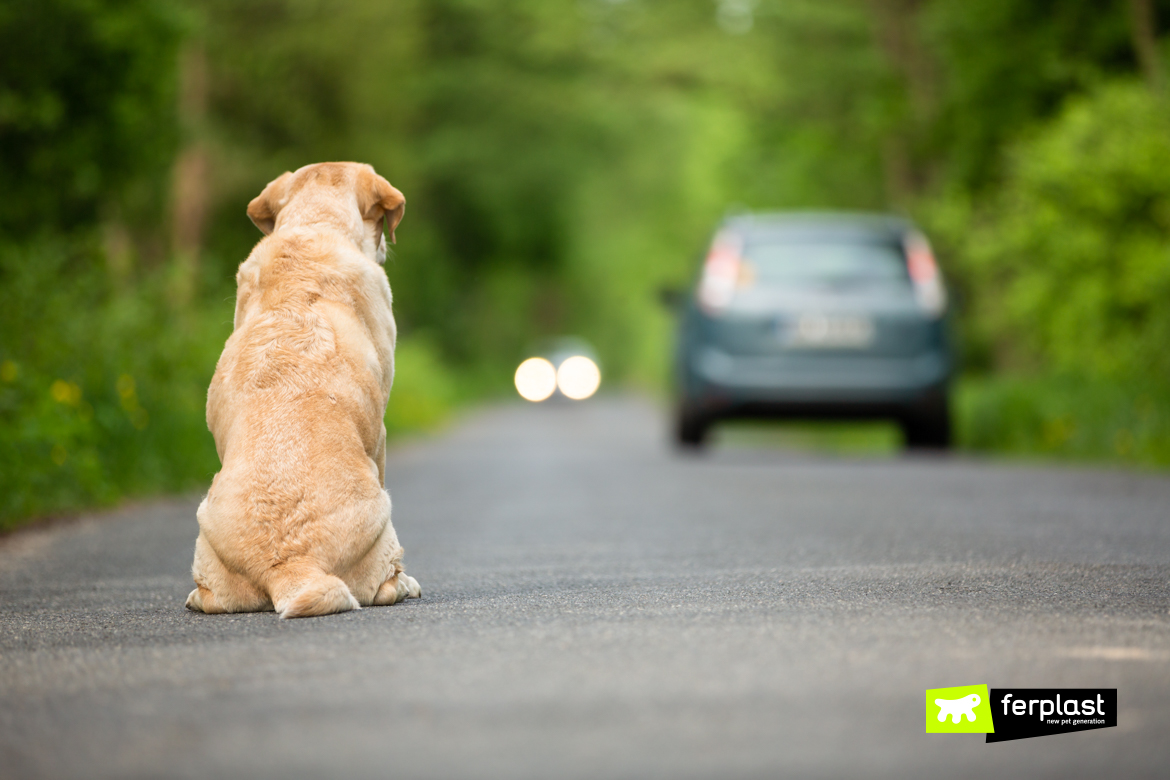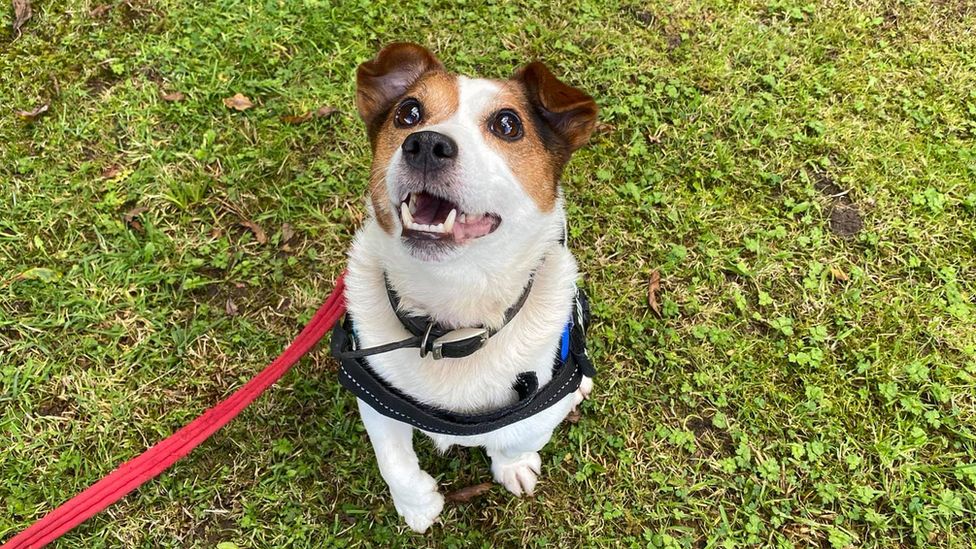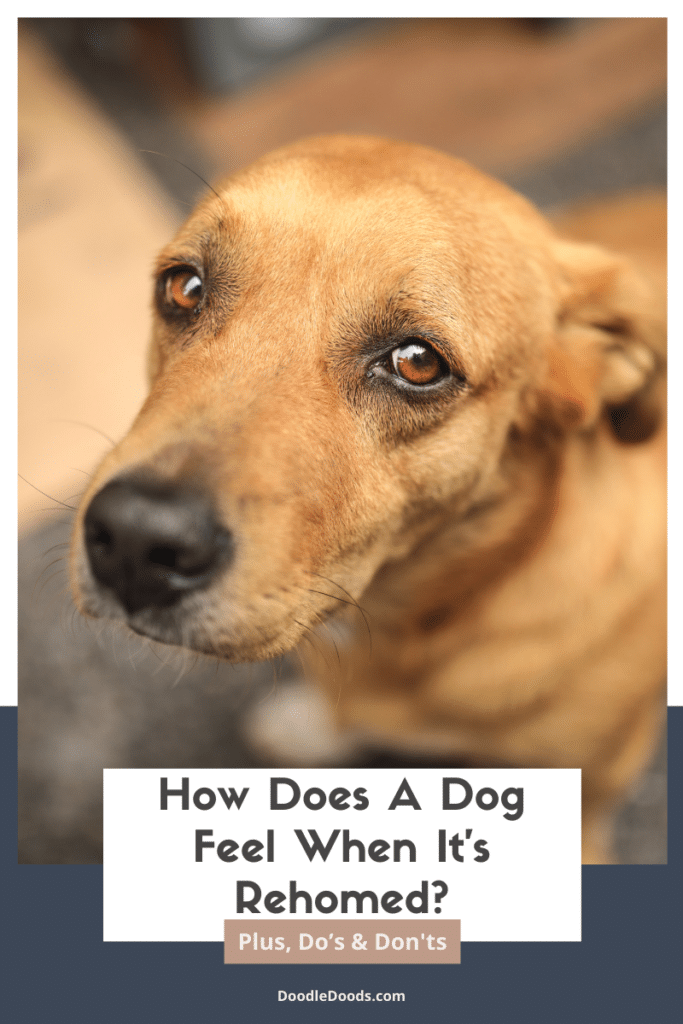Do Dogs Feel Abandoned When You Go On Vacation

The suitcase appears, its familiar shape a harbinger of change. A flurry of activity ensues – clothes folded, toiletries packed, and a general air of anticipation fills the house. But while you're dreaming of sandy beaches or mountain trails, your dog's tail stops wagging. Is it just a change in routine, or something deeper? Do our canine companions feel the pangs of abandonment when we leave them for vacation?
This question is not merely sentimental; it delves into the complex emotional lives of dogs and our responsibilities as their guardians. This article explores the science behind canine emotions, examining whether dogs perceive our vacations as abandonment, and what steps owners can take to mitigate any potential distress. It draws upon expert opinions from veterinary behaviorists, animal psychologists, and scientific studies to provide a comprehensive understanding of this often-overlooked aspect of pet ownership.
Understanding Canine Emotions
For years, the extent of canine emotional capacity was debated. Modern research, however, increasingly acknowledges that dogs experience a range of emotions, including joy, sadness, fear, and even grief. These emotions are not as nuanced as human emotions, but they are very real. Dr. Stanley Coren, a renowned psychologist and canine expert, emphasizes the importance of recognizing this emotional depth.
“Dogs have the emotional range of a human two-and-a-half-year-old,” Coren has stated in his work. This allows them to form strong attachments and experience separation anxiety. Separation anxiety is a key factor to consider when assessing if a dog feels abandoned.
Do Vacations Equal Abandonment? A Matter of Perspective
The word “abandonment” carries a heavy connotation, suggesting a permanent severing of ties. Whether a dog perceives a vacation as abandonment depends on several factors. These factors include the dog’s personality, past experiences, and how the owner handles the departure.
Dogs are creatures of routine. Sudden changes, like a packed suitcase and the absence of their primary caregiver, can trigger anxiety. Dr. Emily Weiss, VP of Research & Development at the ASPCA, highlights the importance of gradual transitions.
“Sudden departures are the hardest. A gradual introduction to the idea, coupled with positive reinforcement, can make a difference,” she explains. For example, leaving the suitcase out for a few days before packing can reduce the novelty and associated anxiety.
Signs of Distress: Recognizing the Signals
Identifying distress in dogs is crucial for mitigating potential negative effects. Common signs include excessive barking or howling, destructive behavior (especially around doors and windows), inappropriate elimination (urinating or defecating inside), and changes in appetite.
Some dogs may also exhibit more subtle signs, such as pacing, panting, lip licking, or a withdrawn demeanor. These signs should not be ignored. They indicate the dog is struggling with the change in routine and the absence of their owner.
Consulting with a veterinarian or a certified professional dog trainer can help distinguish between normal adjustment behaviors and more serious signs of separation anxiety. A qualified professional can provide tailored advice and training techniques.
Mitigating the Impact: Strategies for a Smoother Transition
Thankfully, there are several strategies owners can implement to minimize distress and ensure their dog feels secure during their absence. These strategies focus on creating a stable and positive environment.
Choosing the Right Caregiver
The selection of a caregiver is paramount. Ideally, the caregiver should be someone the dog knows and trusts, such as a family member or close friend. If that is not possible, a professional pet sitter or boarding facility is a good alternative.
Before leaving, arrange for the dog to spend time with the caregiver. This allows the dog to familiarize themselves with the new person and surroundings. It also gives the caregiver a chance to learn the dog's routine and preferences.
Maintaining Routine
Maintaining the dog's regular routine is essential. This includes feeding times, walks, playtime, and even bedtime rituals. A consistent routine provides a sense of security and predictability.
Communicate the dog's routine clearly to the caregiver. Provide detailed instructions on feeding amounts, walk routes, and any specific commands the dog understands. This ensures continuity and minimizes confusion.
Creating a Comfortable Environment
Ensure the dog has a comfortable and stimulating environment. Leave out familiar toys, blankets, and bedding. A dog-appeasing pheromone (DAP) diffuser, such as Adaptil, can also help to reduce anxiety.
Consider leaving a piece of clothing with your scent on it. Your scent can provide comfort and reassurance to the dog. Puzzle toys and interactive feeders can keep the dog mentally stimulated and prevent boredom.
Video Calls: A Double-Edged Sword
While tempting, video calls with your dog are not always beneficial. For some dogs, seeing their owner on a screen can heighten their anxiety and confusion. They may not understand why they cannot physically reach you.
Observe your dog's reaction carefully if you choose to video call. If they become agitated or distressed, discontinue the calls. Focus instead on ensuring they have a comfortable and enriching environment with their caregiver.
The Long-Term Impact: Building a Secure Attachment
Consistent and loving care is crucial for building a secure attachment with your dog. This attachment forms the foundation for their emotional well-being. It helps them cope with periods of separation.
Regular training, socialization, and positive reinforcement strengthen the bond between owner and dog. These activities create a sense of trust and security, making it easier for the dog to handle temporary separations.
Consult with a veterinary behaviorist if your dog exhibits persistent signs of separation anxiety. They can develop a personalized treatment plan, which may include medication or behavioral therapy.
Looking Ahead: The Future of Canine Well-being
As our understanding of canine emotions deepens, our responsibilities as pet owners evolve. We must prioritize the emotional well-being of our dogs and take steps to minimize any potential distress caused by our absences.
Further research into canine cognition and behavior will undoubtedly provide even more insights into how dogs perceive and process separation. By staying informed and proactive, we can ensure our canine companions feel safe, loved, and secure, even when we are away on vacation.
Ultimately, while we cannot definitively know if dogs experience vacation absences as true "abandonment," we can strive to be mindful and compassionate guardians. A little extra planning and attention can go a long way in ensuring their emotional well-being and strengthening the bond we share.

